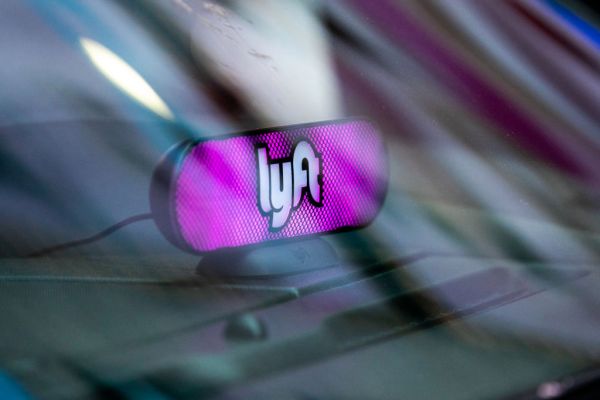A glimpse at Lyft’s stock price Wednesday, which soared as much as 16.77% after first-quarter earnings were reported, suggested all was well in the ride-hailing company’s world.
In this COVID 19-era, “well” is a relative term. Lyft’s net losses did dramatically improve from the year-ago quarter (a loss of $398 million versus $1.1 billion in Q1 2019). However, Lyft was clear in its earnings call: COVID-19 had a profound impact on its customers and its business and the future was uncertain.
“It is impossible to accurately predict the duration and depth of the economic downturn we face,” Lyft CFO Brian Roberts said during an earnings call Wednesday afternoon. “Our business may be impacted for an extended period of time. So we must be prepared to adapt accordingly.”
The difficulty of predicting what will happen has hamstrung thousands of companies trying to navigate the COVID-19 pandemic. Last month, Lyft withdrew its previously provided revenue and adjusted EBITDA guidance for full year 2022 because of the vast unknowns.
“Given this fluidity, it is impossible for us to predict with any certainty our results,” Roberts said. After the requisite warnings, Roberts did eventually provide an outlook for the second quarter — and it isn’t pretty. The outlook focused on adjusted EBITDA, which doesn’t give the most complete financial picture. It provides enough to understand that even with considerable cost-cutting measures, Lyft will suffer losses nearly four times wider than the first quarter.
Roberts said Lyft can manage to keep its second quarter adjusted EBITDA loss under $360 million if rides on its rideshare platform remain at April levels — which were down 75% year-over-year — for the remainder of the quarter. Lyft reported Wednesday an adjusted EBITDA loss of $85.2 million in the first quarter.
There are some early signs of a recovery. Ridership in the week ended May 3 was up 21% from the lows experienced in mid-April, according to Lyft. However, Lyft can’t afford to simply hope rideshare will return. It has to — and already has — enact a plan that will allow it to navigate the pandemic and come out as a survivor. In other words, Lyft will be judged at how well can stem the losses and find new revenue streams.
Work to cut costs has already started.
The company put together an aggressive plan to strengthen its financial position, Lyft co-founder and CEO Logan Green said during the earnings call. Lyft reduced its more than 5,000-person workforce by 17% and furloughed nearly another 300. Lyft also initiated a three-month pay reduction for all salaried employees, ranging from 10% for its most non-hourly team members, up to 30% for its senior leadership team and board members.
“Every other expense line is being scrutinized and no stone will be left unturned,” Green said.
The company expects to be able to cut its annualized fixed costs by $300 million by the end of the year. The reductions are based on its original expectations for 2022. Lyft has also ended rider coupons once ridership began to decline in mid-March and paused adding new drivers in nearly all markets.
“This reduces costs we incur associated with onboarding new drivers and helps protect utilization and earnings opportunities for existing drivers during this time of lower ride demand,” Green said.
Lyft reduced its 2022 capital expenditure plan by $250 million. And its sought out cost savings on the insurance front. (The company’s primary auto insurance policies expire at the end of September; Roberts said they’re considering the best options to reduce future volatility, as well as lower overall costs.)
The company is also shifting attention and resources to projects that executives believe will improve its unit economics. Finding those revenue streams will be tricky. Lyft has already provided a few clues of where it’s headed.
The company will continue with its Essential Deliveries pilot that launched April 15. The initiative lets government agencies, local non-profits, businesses and healthcare organizations request on-demand delivery of meals, groceries, life-sustaining medical supplies, hygiene products and home necessities.
Green said the company will evaluate any future opportunities based on how it performs. But he quickly added “that we have no interest in launching a consumer food delivery service. And so, we will not be doing that.”
Green also seemed cautiously optimistic about a new lost cost product called “Wait and Save,” that allows Lyft optimize the marketplace and be more efficient with matching drivers and riders.



















